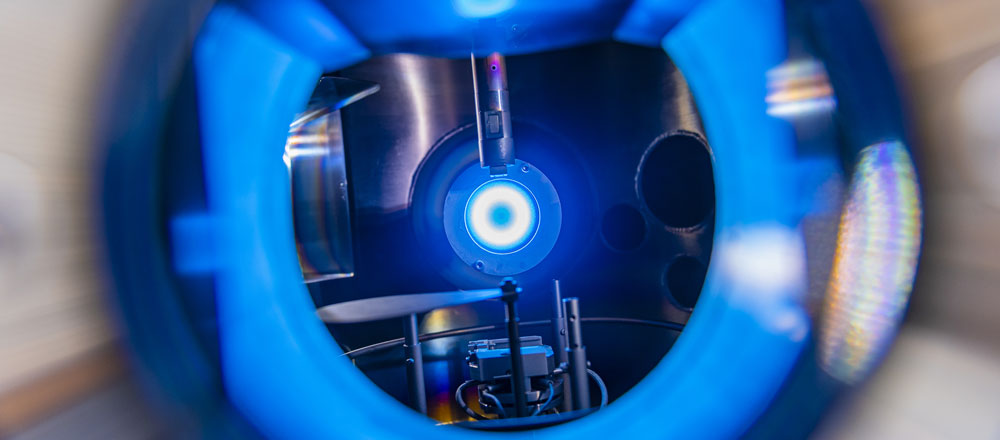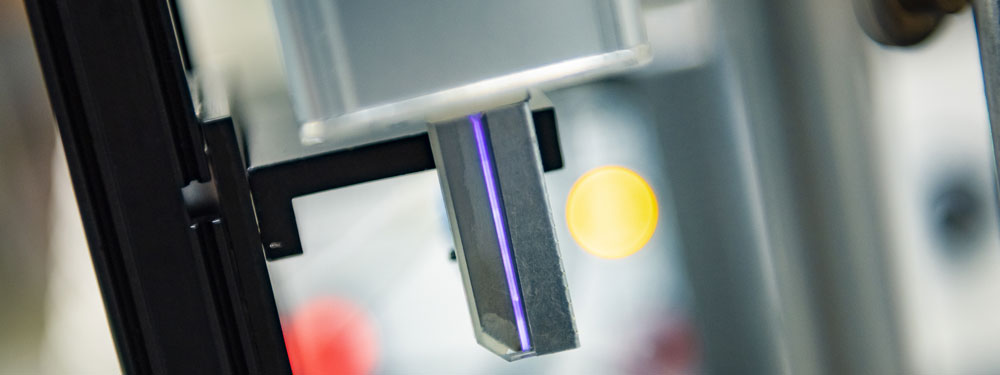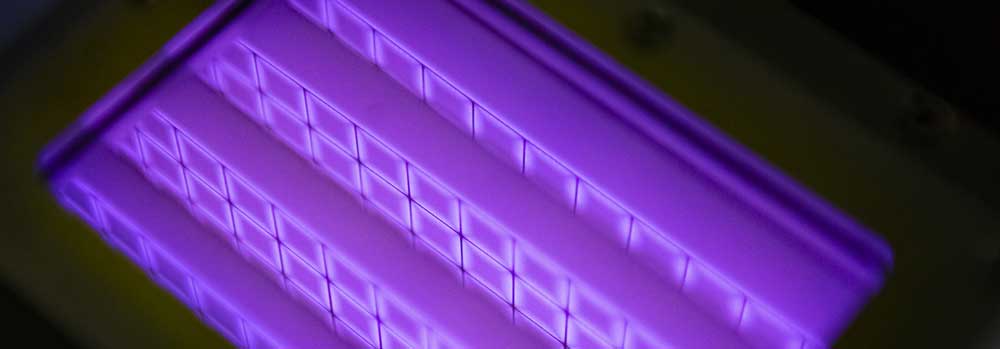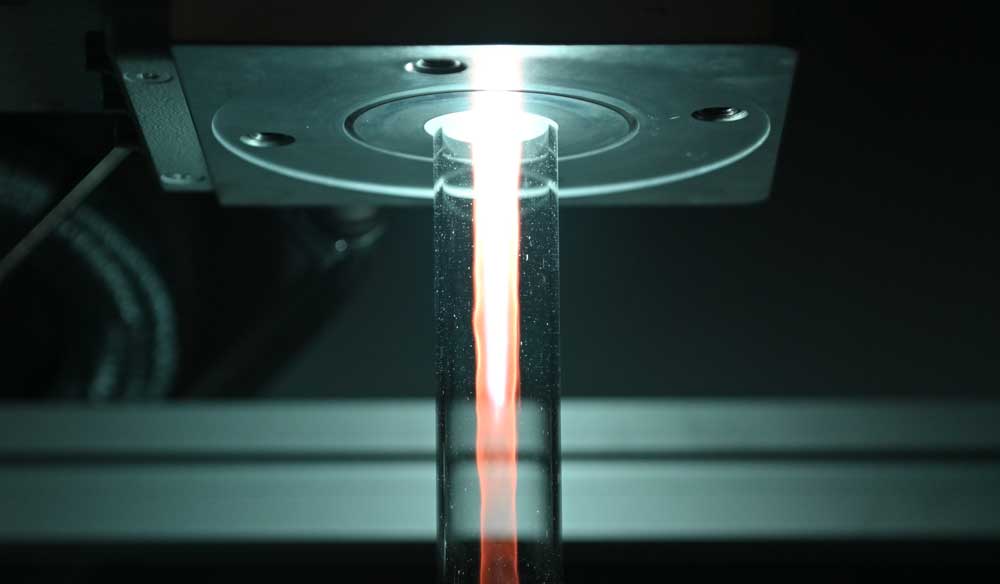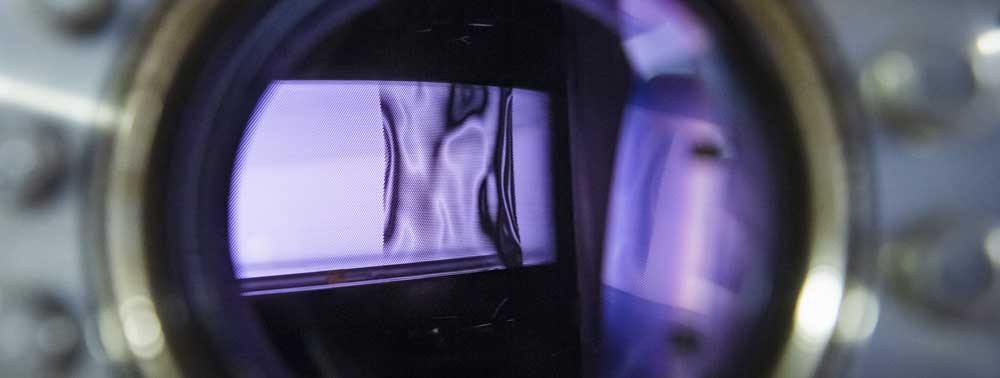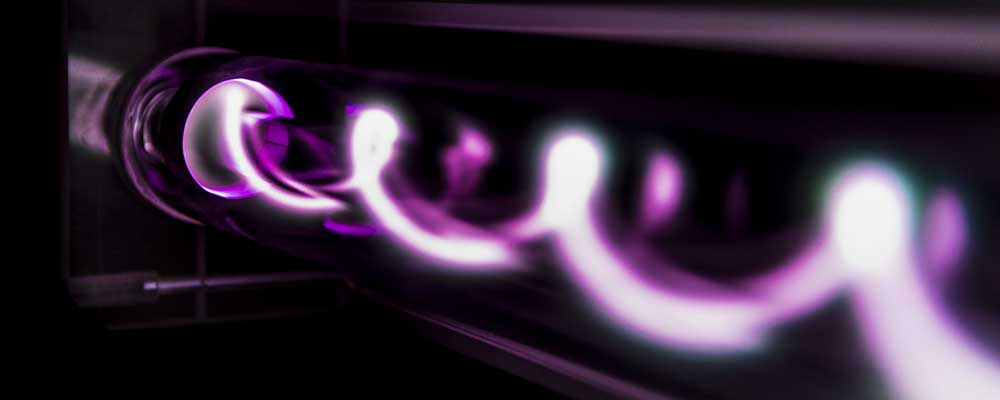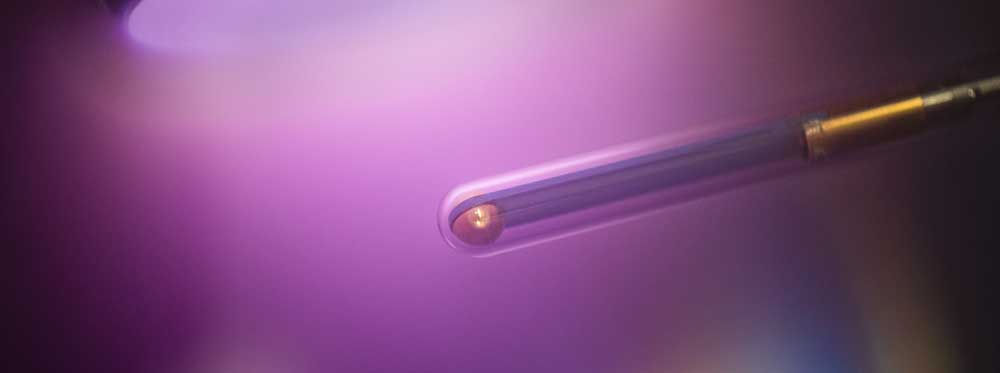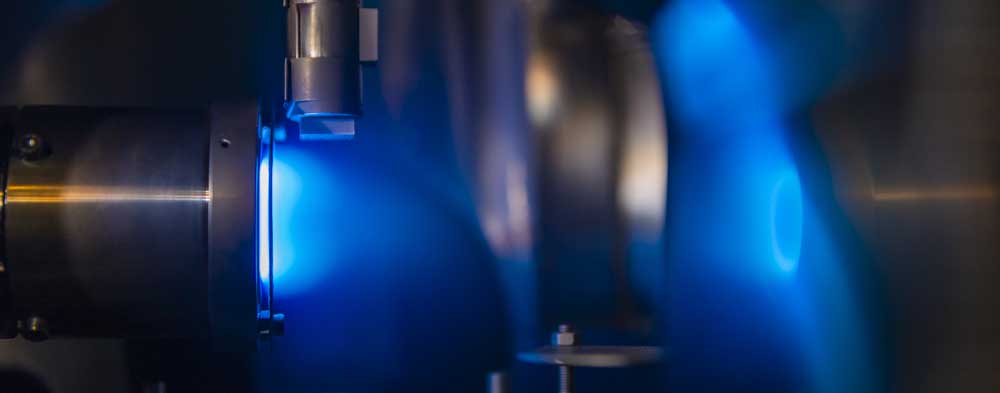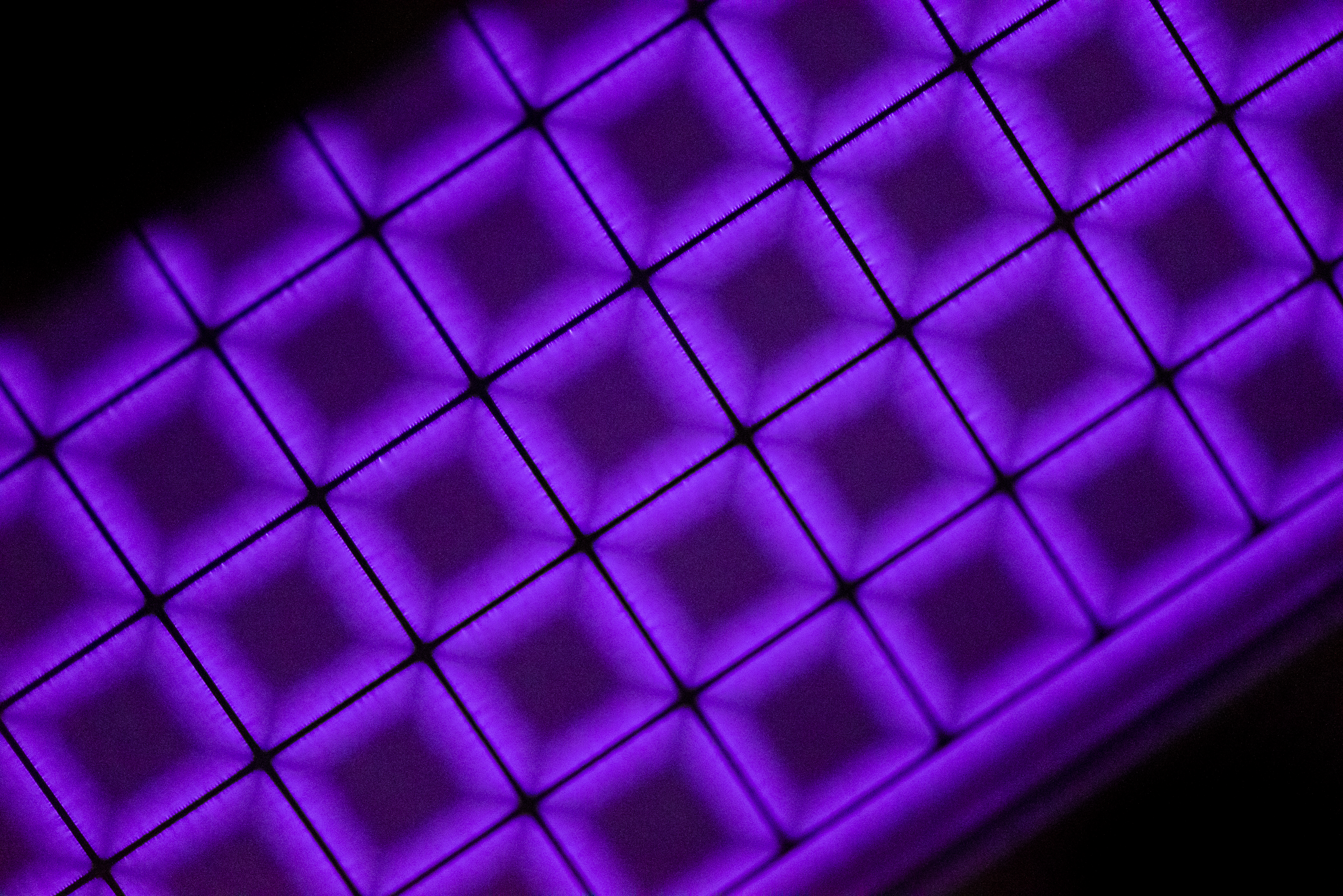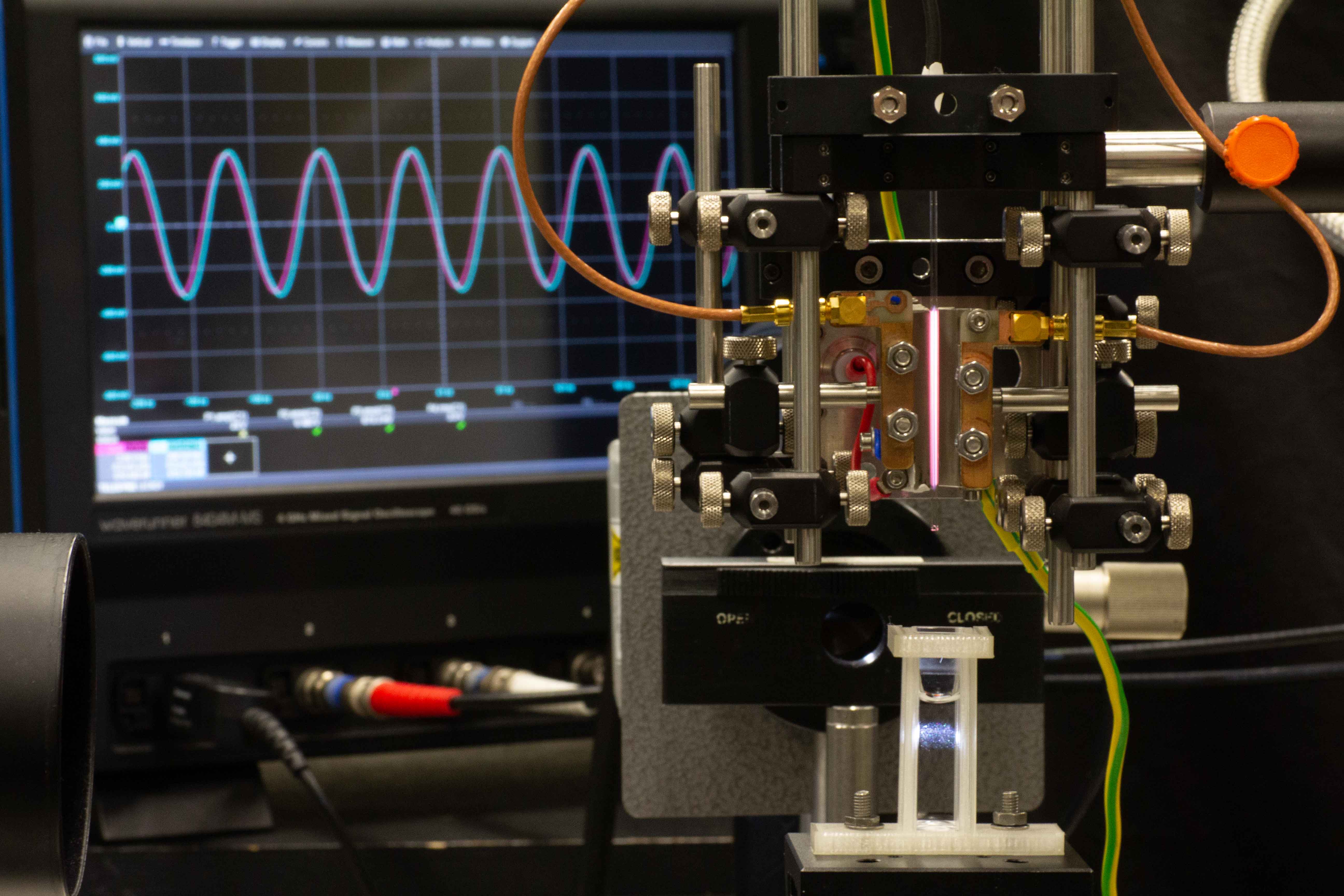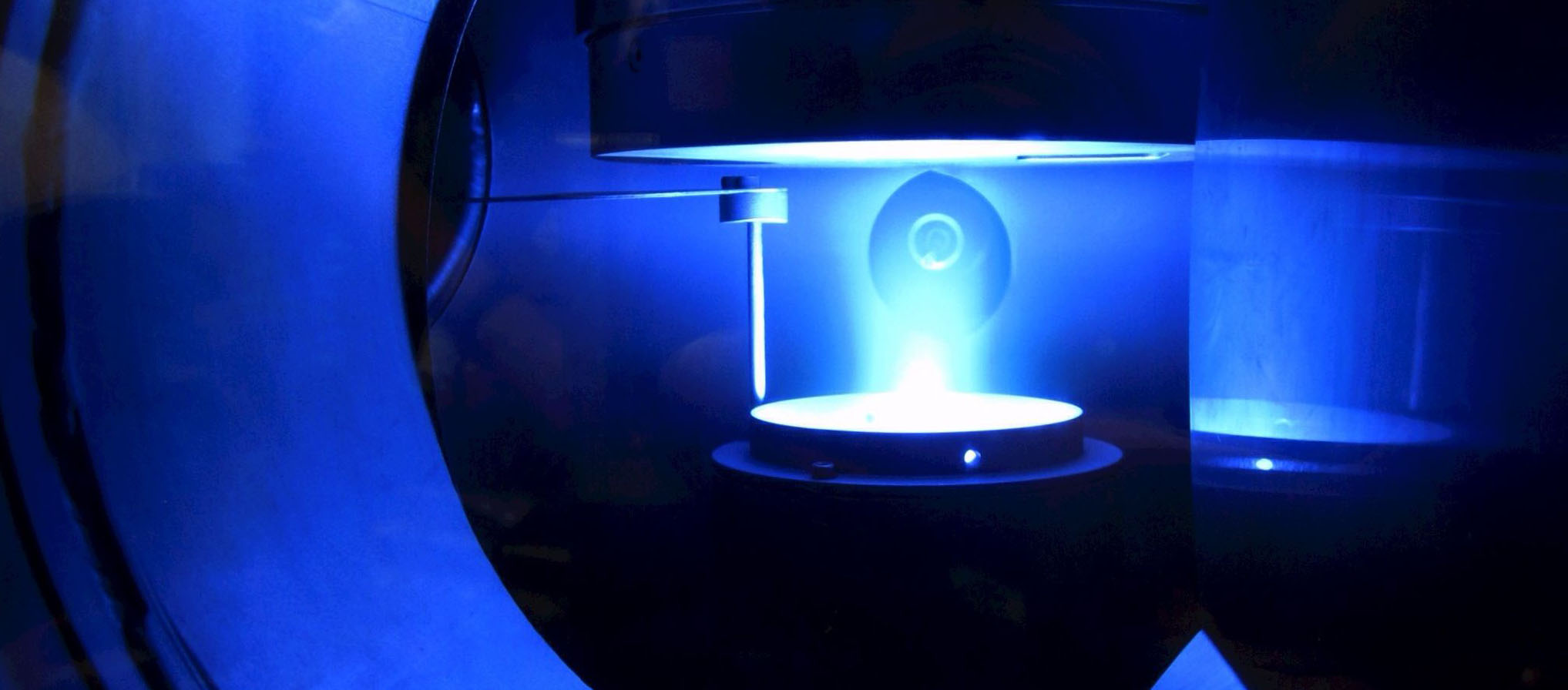- Details
TP4
PROF. DR. YURI LITVINENKO
From December 01, 2016 to February 28, 2017, Prof. Dr. Yuri Litvinenko will again be a VIP guest of PD Dr. Horst Fichtner.
Subject: Theoretical models of cosmic-ray acceleration and transport
Abstract: The generation and transport of energetic cosmic-ray particles (electrons, protons, ions) is among the most important problems in modern astrophysics. When the particles propagate in the cosmos, they often interact with turbulent magnetic fields. The resulting complicated evolution of the cosmic-ray distribution can be mathematically described as a simpler diffusive process. The diffusion approximation and its generalisations have been employed for studying the generation and propagation of energetic particles in many astrophysical situations: in the atmosphere of the Sun, interplanetary space, and the interstellar medium.
The VIP grant will support a systematic investigation of unresolved issues of particle transport in astrophysics, with a focus on analytical and numerical modelling of diffusive particle transport. The areas of particular interest are as follows. (1) Rigorous derivation of the diffusion and telegraph approximations for cosmic-ray transport modelling, which quantifies their accuracy. (2) Development of new analytical and numerical methods for solving the equations governing the transport of solar and galactic cosmic rays. (3) Critical examination of possible mechanisms of fractional particle diffusion in the cosmos.
Foto: Copyright University of Waikato
- Details
TP4
PROF. DR. SEAN OUGHTON
From September 19 to October 14, 2016, Prof. Dr. Sean Oughton from the Department of Mathematics of The University of Waikato, New Zealand, will be a guest of PD Dr. Horst Fichtner to prepare a joint DFG project.
link to Sean Oughton
- Details
Plasma Day 2016
This year's Plasma Day (26/09/2016) had been held in the premises of the Event Center of the Ruhr-University Bochum. Members of the Research Department Plasmas with Complex Interactions presented their main research topics and the latest results.
At the beginning Prof. Dr. Achim von Keudell (Experimental Physics II, RUB) welcomed the Verwsammelten (schedule). Björn Offerhaus & Friederike Kogelheide gave a talk on "Comparison of a surface DBD with a volume DBD", then Dr. Ante Hecimovic presented on "High Power Impulse Magnetron Sputtering".
A preview of upcoming research intentions was given by Prof. Dr. Achim von Keudell on the outline of the Collaborative Research Center 1316 "Transient atmospheric plasmas from plasmas to liquids to solids".
Marco Krewing, who spoke on "Selected examples of plasmas in biology and medicine", worked in an application-oriented way. Kerstin Weis spoke about "Plasmas in Astrophysics", followed by Jan Trieschmann with the contribution "Simulation Methods for Technological Plasmas".
The experienced scientists Prof. Dr. Czarnetzki swoei Dr. Tsanko V. Tsankov spoke about "Ion transport in plasmas and the kinetic Bohm criterion".
From theoretical physics there were three lectures by Dr. Klaus Scherer on "Astrospheres", Dr. Jens Kleimann on "Ruhr Astroparticle and Plasma Physics Center" and Prof. Dr. Grauer on "Multiscale/Multiphysics simulations of collisionless plasmas".
The day was concluded with a contribution by Prof. Dr. Dirk Reiser on "Theoretical Plasma Physics at FZJ IEK-4, Tokamaks, Stellarators and Linear Devices".
- Details
100 Ruhr researchers study cosmic rays
They are constantly raining down on us from space: cosmic ray particles. Scientists from the Ruhr University Alliance are founding a center to study them.
Cosmic rays are the link between the research areas of the working groups that have joined forces in the Ruhr Astroparticle and Plasma Physics Center, or RAPP Center for short. Around 100 researchers will celebrate the opening of the facility in the Ruhr University Alliance on September 21, starting at 7 p.m. in the Bochum Planetarium. An inaugural conference will have been held at RUB on September 22 and 23.
Questions from dark matter to planet formation
At the RAPP Center, researchers ranging from students to professors will work at the intersection of astrophysics, plasma physics and particle physics. They will ask questions like: What is dark matter, anyway? Where does cosmic radiation come from? Why is there more matter than antimatter? Which interactions of elementary particles are relevant and how can they be studied? What is the role of magnetic fields in the universe? How does planet formation work?
Funding
The RAPP Center is funded by the Mercator Research Center Ruhr (Mercur) with about 330,000 euros.
- Details
Excursion to Greifswald 2016
From September 5-7, 2016, Prof. Dr. Uwe Czarnetzki (Experimental Physics V) and eleven students went on a field trip to the INP (Dr. Torsten Gerling) and the MPI (Prof. Robert Wolf) in Greifswald.
On Tuesday morning, there was a lecture by Dr. Ronny Brandenburg at the INP, in which he generally introduced the INP and its research directions. This was followed by a guided tour of the laboratories (including spectroscopy, coating, plasma medicine) with a discussion with PhD students and scientists at posters as a conclusion. Tuesday afternoon at the MPI Prof. Robert Wolf gave a lecture and introduced the MPI-IPP and its research directions, gave an introduction to controlled nuclear fusion and even a guided tour at Wendelstein (for the group the magnetic field was shut down in the meantime to allow such a tour!), a guided tour at the microwave heating, gyratrons and beamlines and a discussion with Prof. Wolf.
The evening ended with a dinner in the city center and a cozy evening at the bar of the youth hostel.
- Details
PD Dr. Horst Fichtner "Plasma in the solar system"
PD Dr. Horst Fichtner could introduce in his lecture different plasmas of the solar system and for phenomena like "the solar fire", the hundred thousand degrees hot solar wind, to which interplanetary space probes and astronauts are exposed, detailed and vrständliche explanations supply. Also the energetic cosmic rays he conveyed with an ease in his execution.
He was able to explain why the understanding of these plasmas is important for fundamental physics as well as for the prediction of the so-called space weather and space climate.
- Details
EP5
PROF. DR. YI-KANG PU
From October 3 to December 17, 2016, Prof. Dr. Yi-Kang Pu from the Department of Engineering Physics, Tsinghua University, China, will join Prof. Dr. Uwe Czarnetzki, Chair of Experimental Physics V. He will give a talk on "Electron behavior in early afterglow of low pressure capacitive argon discharges" on Nov. 4 starting at 9:30 am (Room: NABF 05/694). Interested persons are welcome!
link to Yi-Kang Pu
- Details
TET
Dr. Maik Fröhlich zu Gast beim TET
From August 8 to 9, Dr. Maik Fröhlich, head of the Plasma Surface Technology Department at the Leibniz Institute for Plasma Research and Technology e.V. (INP Greifswald), was a guest at the Chair of Theoretical Electrical Engineering at the Ruhr University Bochum as part of the IGK's Junior-Senior Program. For the purpose of scientific exchange, lectures were given and discussions were held. According to those involved, the visit and the associated discussions proved very fruitful.
- Details
RAPP Center: Inauguration workshop
In this first conference and opening ceremony of the "Ruhr Astroparticle and Plasma Physics Center" (RAPP Center) September 21-23, 2016, international speakers are invited to review knowledge on central questions with connection to activities within the RAPP center. The conference will start with an opening reception at the planetarium Bochum Wednesday evening. On Thursday and Friday, we will have one and a half days of plenary-only talks with additional time for discussions. The expected number of participants is about 100, talks are by invitation only, each 22 Minutes long plus 3 minutes for direct questions. We hope to intensify discussions about the frontiers of plasma- and particle-astrophysics in order to enhance the collaboration within the RAPP center and with our international friends even further.
- Details
TP4
PROF. DR. STEFAN FERREIRA, DR. EUGENE ENGELBRECHT, M.SC. JAN-LOUIS RATH UND M.SC. LOURNES PRINSLOO
From July 24-29, 2016, four visitors from South Africa were with PD Dr. Horst Fichtner and Dr. Klaus Scherer: Prof. Dr. Stefan Ferreira, Dr. Eugene Engelbrecht, M.Sc. Jan-Louis Rath and M.Sc. Lournes Prinsloo, all from the Center of Space Physics at North-West University, Potchefstroom Campus, South Africa.
- Details
End of lecture plasma barbecue
This year's SFB-TR 87 plasma barbecue for the undergraduate students has been held last Thursday, July 21, 2016. With good weather this was a good opportunity for them to talk to the staff of the chairs AEPT and TET. For the first time, the barbecue had been held on one of the still very new permanent barbecue areas of the Ruhr-Universität behind the Hörsaalzentrum Ost. For all participants it was a successful event.
